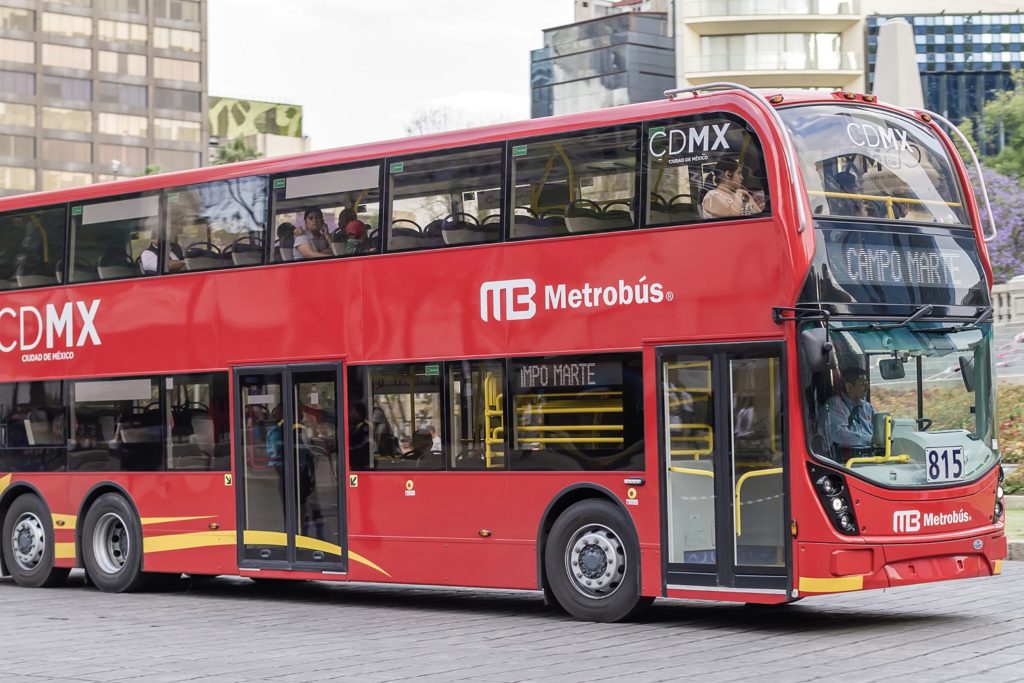
Buses and rapid transit systems, such as subways and streetcars, are often considered superior to light rail systems for a variety of reasons.
One key advantage of buses and rapid transit is their flexibility. Buses can navigate through congested city streets and can be easily rerouted to accommodate changes in traffic patterns or construction. Rapid transit systems, such as subways, can also be easily expanded or modified to meet the changing needs of a city. In contrast, light rail systems are typically fixed in place and are much more difficult and expensive to expand or alter.
Another advantage of buses and rapid transit is their cost-effectiveness. Buses are generally less expensive to purchase and maintain than light rail vehicles, and the infrastructure required for bus rapid transit systems is often less costly to construct than that of light rail systems. Rapid transit systems like subways also tend to have a higher capacity and can move more people per hour than light rail systems.
Buses and rapid transit also tend to be faster and more reliable than light rail. Buses can move more quickly through congested city streets than light rail vehicles, and rapid transit systems like subways can bypass traffic altogether. This means that buses and rapid transit can often provide faster and more reliable service than light rail, making them a more attractive option for commuters.
Buses and rapid transit also tend to be more environmentally friendly than light rail. Buses and rapid transit systems can run on a variety of fuels, including electric power, which can significantly reduce emissions. Light rail systems, on the other hand, are typically powered by electricity generated from coal power plants, which can contribute to air pollution.
Additionally, buses and rapid transit systems can be integrated more easily into existing transportation networks than light rail systems. Buses can be coordinated with other modes of transportation, such as trains and ferries, to create a seamless transportation system. Rapid transit systems like subways can also be integrated with other modes of transportation, such as buses and bike-sharing programs, to create a comprehensive transportation network.
Overall, buses and rapid transit systems, such as subways and streetcars, are generally considered superior to light rail systems for a variety of reasons, including their flexibility, cost-effectiveness, speed, reliability, and environmental friendliness, as well as their ability to be integrated into existing transportation networks.
